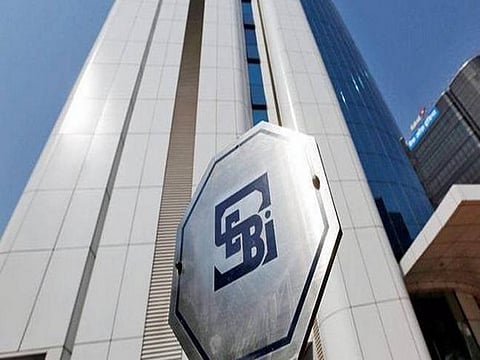

The Indian mutual funds industry has come under sharp focus with regulator Sebi cautioning investors about 'froth' and 'irrational exuberance' in certain pockets of mid-cap and small-cap funds. Walking an extra mile, it mandated fund houses to conduct stress tests to determine their preparedness in the event of mass withdrawals. Sebi's stern observations soured investor sentiment, leading to a market crash earlier this week, with mid- and small-cap indices bearing the brunt. Heeding Sebi's advice, fund houses have begun self-imposed restrictions on systematic investment plan amounts, while others are believed to be moderating overall investment inflows and rebalancing portfolios to contain risk.
Investor interest in mid- and small-caps has been unmistakable since last year. If mid-cap funds attracted Rs 22,913 crore in 2023, small-cap funds saw an even higher influx of Rs 41,035 crore. In contrast, large-cap funds suffered outflows of Rs 2,968 crore. During the first 10 months of the current fiscal year, small-cap fund inflows jumped a jubilant 92 percent over the entire previous fiscal. Trade body AMFI data showed that assets under management for small-cap funds rose 89 percent to Rs 2.48 lakh crore, while mid-cap assets increased 58 percent to Rs 2.90 lakh crore. The number of small-cap stocks in mutual fund portfolios expanded from 428 to 506 by the end of December, though mid-cap stocks additions were minimal. It's amid such rapid expansion that concerns over valuation levels emerged, drawing the regulator's attention.
Neither Sebi's demands nor its concerns are unreasonable. All the regulator wants is to ensure that fund houses have enough liquid assets to sell and honour payments even under challenging circumstances. Interestingly, the results of the stress tests have started trickling in. Based on preliminary data, it may take anywhere between 2 and 27 days or more for fund houses to sell 25 percent and 50 percent of their holdings, should investors exit in large numbers. It's likely that Sebi, and fund houses themselves, would want to ensure shorter time to liquidate and improve investor confidence. But it's well-known that small-caps are tough to sell, which means fund houses must maintain a balanced portfolio at all times. While investors should adopt a strategic approach to investing, the industry must constantly monitor portfolio liquidity to safeguard investors from unforeseen market fluctuations.